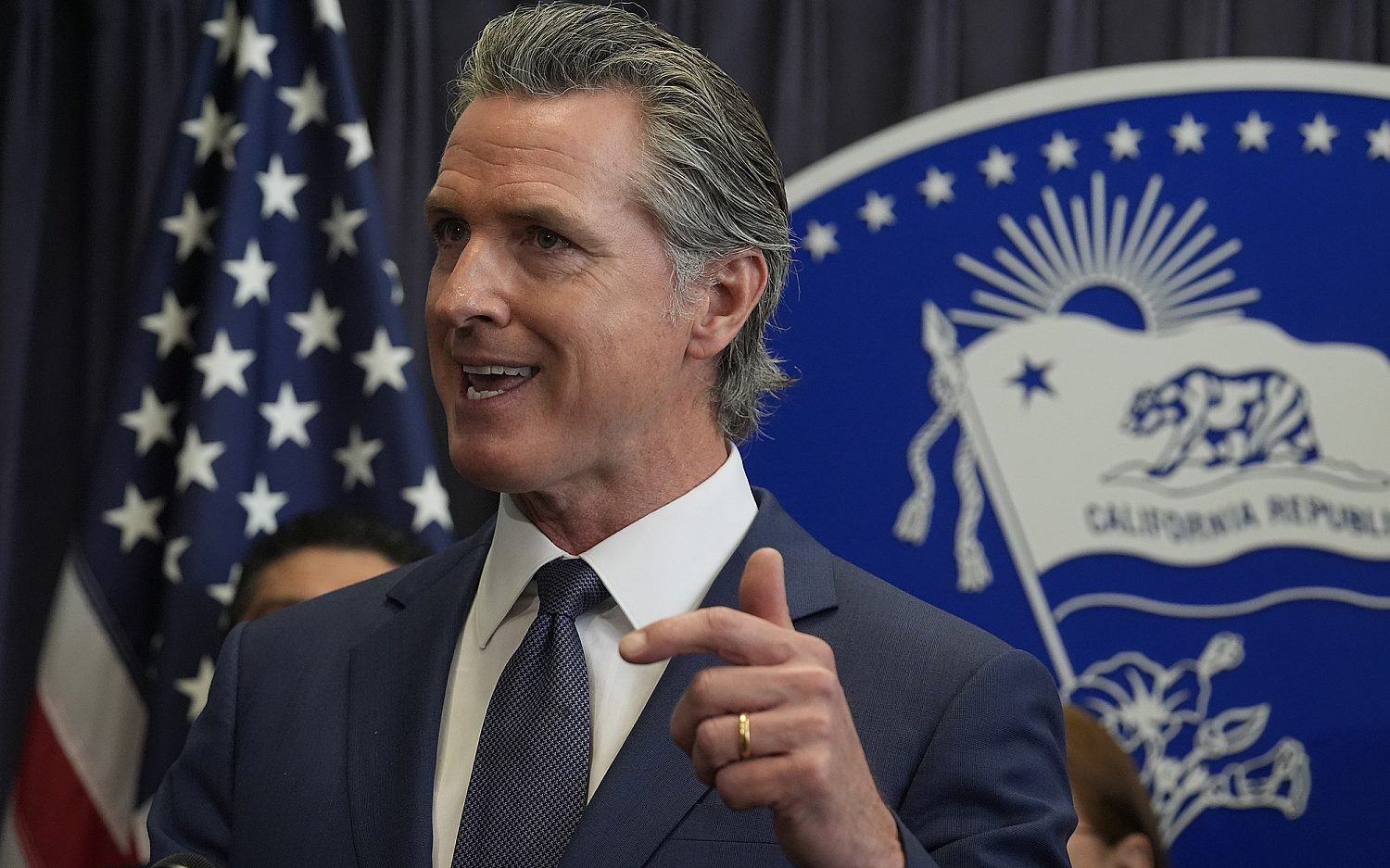Trump nominates Neil Gorsuch to the Supreme Court
The president’s pick resembles Justice Antonin Scalia in philosophy and writing style
President Donald Trump has nominated 10th U.S. Circuit Court of Appeals Judge Neil Gorsuch, 49, to fill former Justice Antonin Scalia’s seat. In doing so, Trump fulfilled a campaign promise to pick a nominee in the mold of Scalia, who died almost exactly a year ago. Trump also picked a judge who was previously confirmed by a unanimous vote in the Senate.
Gorsuch, according to an unscientific Mercer University School of Law study, was the second-most similar to Scalia of the 21 judges on Trump’s list for possible nominations. He also knew Scalia personally, and many compare his lively writing style to Scalia’s.
“This may be the most transparent judicial selection process in history,” Trump said, referring to his list of 21 potential nominees. “I am a man of my word.”
Gorsuch, speaking briefly after Trump, noted his respect for Scalia as a “lion of the law” and briefly outlined his own judicial philosophy.
“It is the role of Congress, not the courts, to write new laws,” Gorsuch said. “A judge who likes every judgment he reaches is likely a bad judge.”
Gorsuch said he was thankful for his family, his friends, and his faith: He attends an Episcopal church, which would make him the only Protestant on the Supreme Court.
Trump reportedly brought both Gorsuch and the other “finalist,” 3rd U.S. Circuit Court of Appeals Judge Thomas Hardiman, to Washington, D.C., for the big reveal. During the day before the announcement, television crews painfully chronicled Hardiman buying gas on his road trip to the nation’s capital. [Editor's note: Two days after WORLD published this report, the White House said Hardiman did not travel to Washington.] But perhaps Hardiman will have another shot: Trump will likely have a chance to nominate more justices to the bench during his term.
This nomination would restore the ideological balance of the court to the way it was before Scalia’s death: four liberals, four conservatives, and one swing vote (Justice Anthony Kennedy).
Religious liberty and pro-life advocates are enthusiastic about Gorsuch, appointed to the 10th Circuit in 2006 by President George W. Bush. Gorsuch is close friends with Princeton University professor and Catholic thinker Robert George, who was effusive about his possible nomination. The two worked together on a book about euthanasia, in which Gorsuch wrote that “all human beings are intrinsically valuable and the intentional taking of human life by private persons is always wrong.”
Like George, Gorsuch also studied under Oxford University professor John Finnis, a premier scholar in the field of natural law. He wrote a concurrence supporting the Green family in the Hobby Lobby case when it came before the 10th Circuit and dissented from the court’s later decision not to hear en banc a case from the Little Sisters of the Poor against the Obamacare contraceptive mandate. Gorsuch clerked for two Supreme Court justices, Byron White and Anthony Kennedy. Trump noted that when Gorsuch was a student at Harvard Law he worked at Harvard’s Prison Legal Assistance Project.
Albert Mohler, president of The Southern Baptist Theological Seminary, said that he was “thankful” for Gorsuch’s nomination, adding, “This nomination is right for the court and right for the times.”
Hannah Smith, senior counsel at the Becket Fund for Religious Liberty said, “I think he would take seriously the religious liberty of all Americans and apply the law fairly to preserve the civil rights of all Americans.” She noted that in the Supreme Court’s Hobby Lobby decision, Justice Samuel Alito picked up and ran with some of the ideas from Gorsuch’s concurrence in the lower court ruling.
Now the political fight begins. Senate Democrats and Republicans have essentially switched roles since the fall, when Republicans blocked President Barack Obama’s nominee Merrick Garland on the grounds that the election should decide the fate of the Supreme Court. Now Senate Democrats are rallying to block Trump’s nominee, saying the Supreme Court can function with only eight justices.
The Judicial Crisis Network (JCN) and a coalition of groups like the pro-life Susan B. Anthony List immediately began rolling out a campaign to fight back and promote Gorsuch’s confirmation. JCN plans to spend $10 million in the effort to confirm Gorsuch, including running ads in states like Indiana where Trump won and where Democratic senators are up for reelection next year.
“We’re expecting that the Democrats are going to be posturing because of the extremism that their left-wing base is demanding from them right now,” said Gary Marx, a consultant and adviser with JCN who has worked on the last seven Supreme Court nominations. He spoke about Gorsuch’s nomination like a political campaign: “We have to define the candidate and get the American people to know the biography and story.”
Tuesday night, Marx was working on conference calls with pro-life activists, tea party leaders, and Second Amendment groups, among others. Phone campaigns begin Wednesday. When Trump first announced his list of 21 potential nominees, the public relations arm of this confirmation operation snapped up URLs for all 21. Now Gorsuch’s is active.
One key question now is timing: Will Gorsuch make it onto the Supreme Court bench before the conclusion of oral arguments for this term, at the end of April? That would determine whether he could vote in certain cases, like the major religious liberty case from Missouri that hasn’t been scheduled for arguments yet. Since the infamous Robert Bork confirmation hearings in 1987, the average time from nomination to confirmation is 73 days, according to the U.S. Senate Historical Office. If Gorsuch followed the average, he would be confirmed in the middle of April.
An actual newsletter worth subscribing to instead of just a collection of links. —Adam
Sign up to receive The Sift email newsletter each weekday morning for the latest headlines from WORLD’s breaking news team.





Please wait while we load the latest comments...
Comments
Please register, subscribe, or log in to comment on this article.